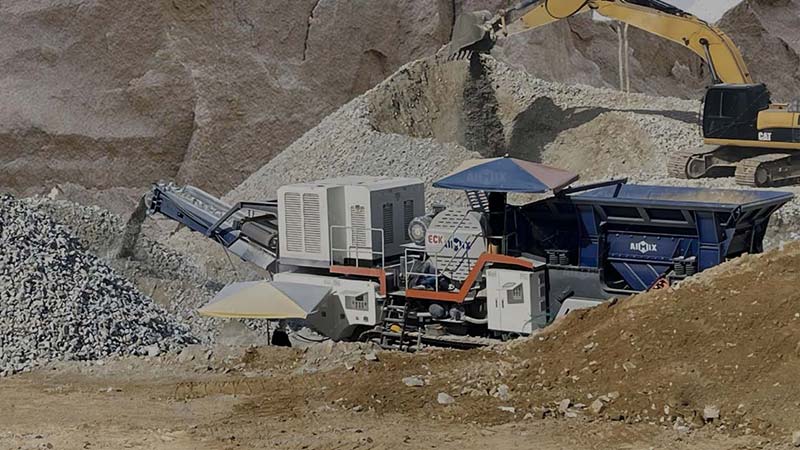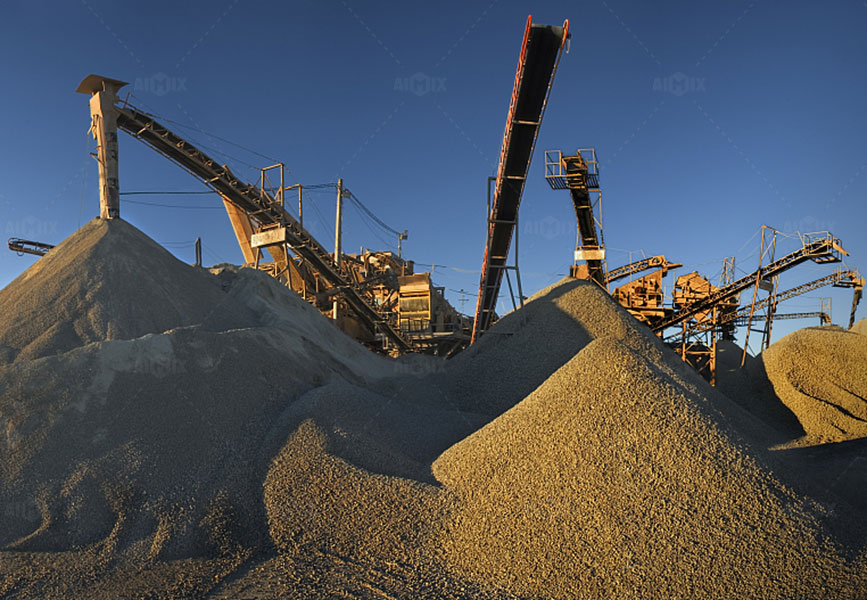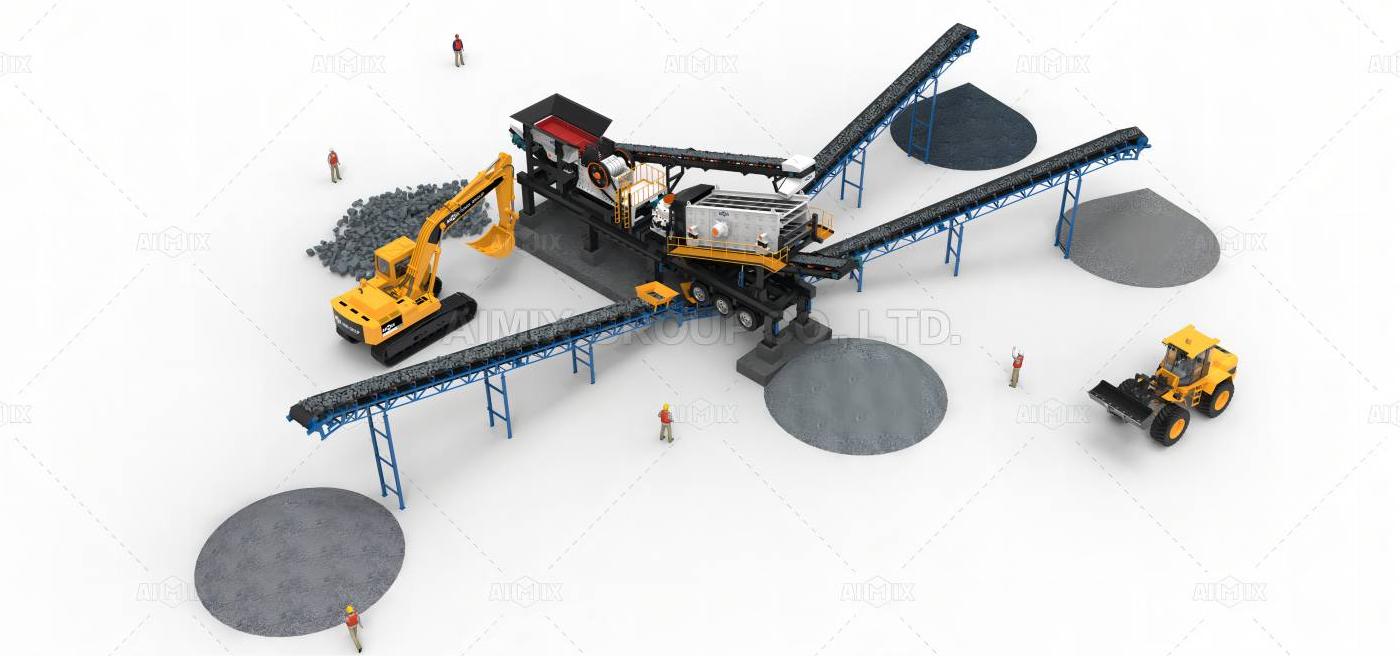In the realm of material processing, gravel crushers serve as indispensable instruments. For those new to construction or quarrying operations, these machines may seem complex at first glance. However, with the right foundation of knowledge, even beginners can navigate the landscape of gravel crushing with confidence and clarity. From understanding the mechanical principles to identifying the best equipment for your scope of work, mastering gravel crusher begin with asking the right questions.
Understanding the Basics of Gravel Crushers
What Is a Gravel Crusher?
A gravel crusher is a type of heavy-duty machine engineered to break down large rocks, boulders, and aggregates into smaller, more manageable fragments. These fragments are then used in construction, landscaping, road building, and other civil engineering applications. The crushed output—often referred to as aggregate—varies in size and texture depending on the crusher settings and intended use.

How Do Gravel Crushers Work?
At its core, a gravel crusher operates by applying compressive or impact force to raw material. The mechanism varies between crusher types: some use jaws that compress stone between two surfaces, others employ rotating hammers or cones that pulverize material upon collision. Feed enters the machine from the top, passes through the crushing chamber, and exits as graded, processed gravel at the bottom. This cycle is continuous, efficient, and adjustable based on output specifications.
Types of Gravel Crushers and Their Uses
Jaw, Cone, and Impact: The Primary Variants
-
Jaw Crushers are often the first step in the crushing process. They use two hardened steel plates to crush materials in a V-shaped chamber. Ideal for hard, abrasive rock.
-
Cone Crushers work by crushing material between a stationary bowl and a moving mantle. They are better suited for secondary or tertiary applications requiring consistent sizing.
-
Impact Crushers rely on rapid, high-velocity collisions to shatter material. Their output tends to be more uniform in shape, making them excellent for base layers and decorative gravel.
Choosing the Right Crusher for Your Needs
Selection hinges on material hardness, desired output size, and the scale of the project. For residential or small-scale operations, a mobile jaw crusher paired with a compact screen may suffice. For high-volume producers, a multi-stage setup incorporating cone and impact crushers can significantly boost efficiency. It is vital to assess not only technical compatibility but also long-term operational costs and site logistics.

Key Considerations for First-Time Buyers
Budget, Capacity, and Maintenance Demands
Affordability is often top of mind for new entrants. Initial cost, however, should be weighed against throughput capacity and the long-term maintenance profile of the machine. Simpler crushers like jaws may be easier to service but offer limited versatility. Conversely, high-capacity cone and impact crushers offer broader application but demand more frequent upkeep and skilled operators.
Mobility and Onsite Efficiency
Stationary crushers are typically used in large-scale, fixed-site operations. For smaller or remote jobsites, mobile gravel crushers offer significant advantages. Mounted on tracks or wheels, these units can be relocated effortlessly, reducing transport costs and enabling on-the-fly adjustments to crushing zones. This mobility is especially beneficial for roadwork, pipeline projects, and temporary construction zones.
Gravel crushers, though mechanically sophisticated, need not be intimidating for beginners. With a basic understanding of their function, types, and key operational criteria, first-time buyers and users can approach their projects with both assurance and accuracy. As construction demands evolve and jobsite flexibility becomes more essential, choosing the right gravel crusher represents not just a procurement decision—but a pivotal investment in long-term project success.

Comments
No comments yet. Be the first to react!